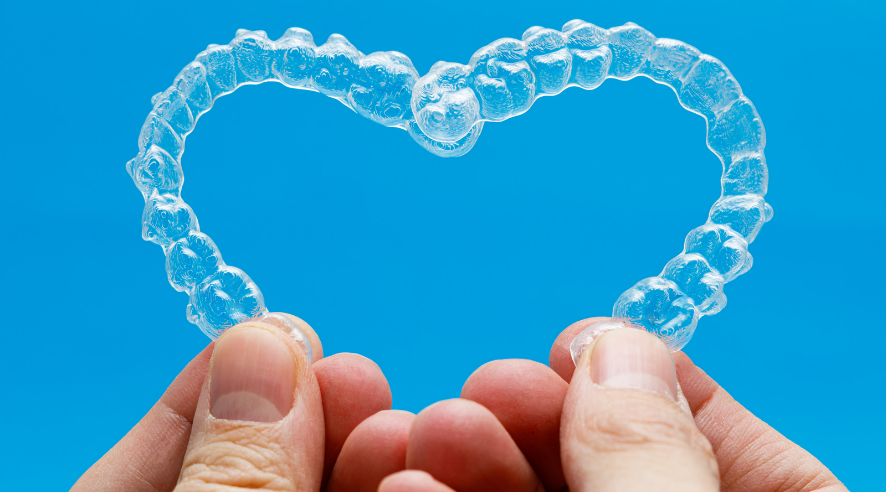Unleashing the Power of Dental Aligners: The Future of Orthodontic Treatment
- 14 November 2022

In today's world, people are more conscious about their appearance and the way they look. A dazzling smile can do wonders for someone's self-esteem and confidence. However, not everyone is blessed with a perfect set of teeth, and this can often be a source of discomfort and embarrassment. In such cases, orthodontic treatment can come to the rescue. The traditional method of correcting dental problems involves the use of metal braces, but with the advent of dental aligners, orthodontic treatment has taken a giant leap forward.
Dental aligners are a type of orthodontic treatment that involves the use of clear, plastic trays that are custom-fitted to an individual's teeth. These aligners gently shift the teeth into the desired position, gradually correcting any orthodontic problems. Unlike traditional metal braces, dental aligners are virtually invisible, making them an attractive option for people who are self-conscious about wearing braces.
Benefits
One of the biggest advantages of dental aligners is their comfort. Unlike metal braces, dental aligners do not have any sharp edges or wires that can irritate the gums or tongue. They are also removable, so people can eat, brush and floss their teeth normally. This makes them a convenient option for people who are busy with work or have an active lifestyle.
Another advantage of dental aligners is that they are more efficient and faster than traditional braces. Metal braces can take up to two years or more to correct orthodontic problems, while dental aligners can do the same job in as little as six to 18 months. This is because dental aligners apply continuous and consistent pressure to the teeth, whereas braces apply pressure only when the wires are tightened.
In addition, dental aligners are also more hygienic than metal braces. Braces can trap food particles and plaque, leading to an increased risk of cavities and gum disease. With dental aligners, there are no brackets or wires to trap food, making them easier to clean and maintain.
It's important to note that dental aligners are not suitable for everyone. They are typically recommended for people with mild to moderate orthodontic problems, such as crowded teeth, overbite, underbite, and gaps between the teeth. People with severe orthodontic problems may still require traditional metal braces.
Main points of dental aligners
One of the key aspects of dental aligners is their customizability. Unlike metal braces, which are one-size-fits-all, dental aligners are designed specifically for each individual's teeth. The aligners are created using a 3D computer imaging system that takes precise measurements of the teeth and gums. This ensures that each aligner fits comfortably and provides the correct amount of pressure to shift the teeth into the desired position.
Another key point is the ease of use of dental aligners. Unlike traditional braces, which require regular visits to the orthodontist for adjustments and tightening, dental aligners can be changed at home. Patients typically receive a series of aligners that they wear for two to three weeks before switching to the next set. The number of aligners needed will vary depending on the severity of the orthodontic problem.
Dental aligners are also cost-effective compared to traditional braces. While the initial cost of dental aligners may be higher than braces, they require fewer visits to the orthodontist and have a shorter treatment time. This can result in significant savings in the long run. In addition, dental aligners are often covered by dental insurance, which can further reduce the cost.
Finally, dental aligners offer a high level of flexibility. Unlike traditional braces, which can be uncomfortable and limit the types of foods that can be eaten, dental aligners are removable. This means that patients can eat whatever they want and continue to live an active lifestyle without any restrictions.
In conclusion, dental aligners are a revolutionary innovation in orthodontic treatment. With their comfort, efficiency, and virtually invisible appearance, they offer a convenient and attractive alternative to traditional metal braces. If you're looking to improve your smile, consider talking to your dentist about dental aligners. With the right treatment plan, you can achieve the smile of your dreams in no time.




